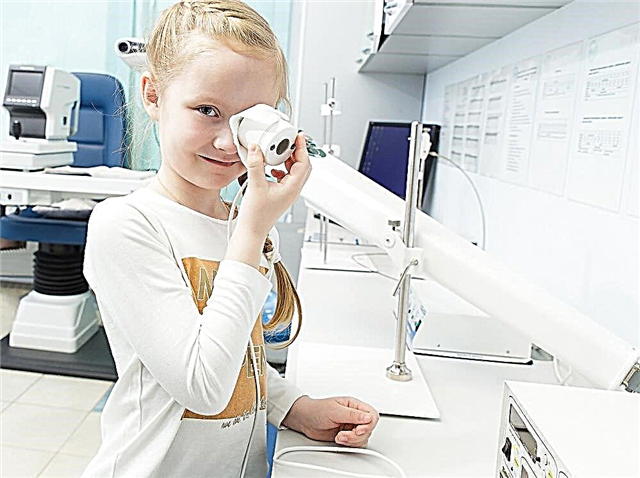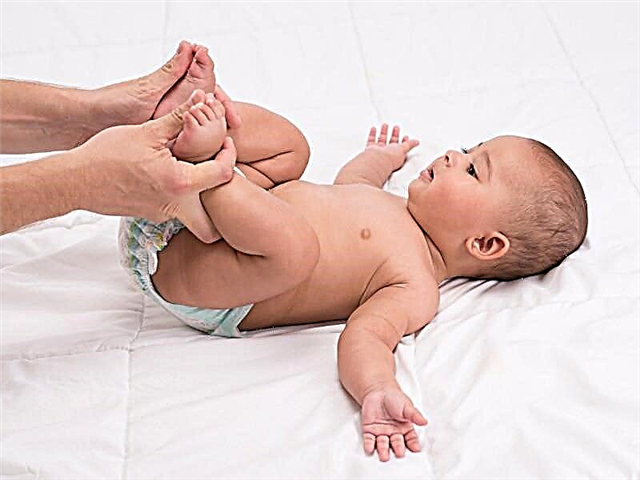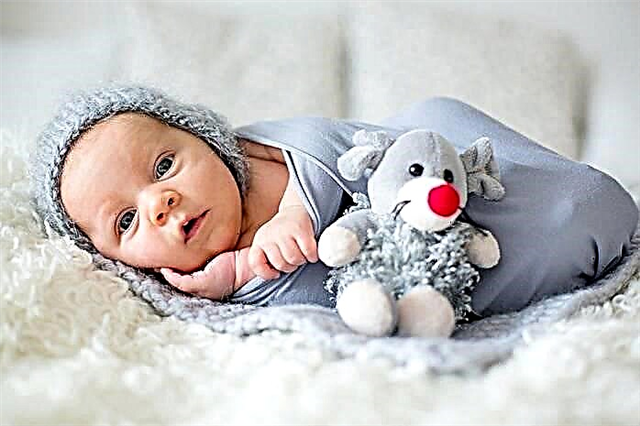
In many, if not all babies, crusts appear on the head some time after birth, which somewhat spoil the appearance of his head and incredibly upset his mother and grandmother. Adults throw all their strength into searching for the reasons why an unpleasant phenomenon has become possible at all, and also begin to look for answers to the question of how to proceed in order to remove the crusts on the baby's head.
The authoritative pediatrician Yevgeny Komarovsky tells about this.

Definition
The people gave them different names - "milk crust", "milky scales", although this phenomenon has nothing to do with milk. What appears on the baby's head is called seborrheic crusts or, as doctors say, physiological seborrhea.
The crusts look like small plaques of white, but more often yellowish, they are located at the base of hair growth on the skin, behind the ears. As a rule, most mothers at first take them for manifestations of allergies (diathesis) and begin to feverishly revise their own diet or the type of milk formula they feed the baby. But there is no reason to worry and worry, says Yevgeny Komarovsky.


Despite the unpleasant appearance, seborrheic plaques do not cause any discomfort to the child, do not cause pain, do not cause itching. Physiological seborrhea in infants is not contagious, it is not transmitted to other family members.
Mom has nothing to reproach herself with - milk crusts do not appear from insufficiently good baby skin care, they do not depend on what the mother ate the day before - before feeding the baby with breast milk, their appearance is also not affected by the brand of baby shampoo or soap.

Any child can get crusts, and it's not about care at all. Women should not be confused by the old name of this phenomenon - seborrhea of babies used to be called "generic mud". It is rather a figurative name that has nothing to do with reality.
Why do they appear?
This is the question that mothers ask doctors, perhaps, most often. At first glance, the appearance of strange formations on the head of a baby defies explanation. In fact, the processes that stimulate the appearance of seborrheic crusts directly depend on the age-related peculiarities of the functioning of the baby's sebaceous glands. In those places where nature provides for more of these glands, the formations we are considering appear.

The glands that produce the sebaceous secretion work hard in all newborns and infants, but not everyone has plaque. The culprit is yeast-like fungi with the complex names Malassezia restricta and Malassezia globosa.
These organisms are very peaceful and calm, they perfectly exist on the skin of every member of the human race, there is nothing terrible and pathological in them.


These fungi save our skin from excess grease, as they feed on the secretion of the sebaceous glands. But this is where a misunderstanding arises.
If the baby produces a lot of secretions, then the fungi produce a lot of food, as a result, on good nutrition, fungi begin to multiply and increase the number of colonies, and the baby's imperfect immunity is not yet able to regulate their number. Therefore, the colonies grow until they become noticeable with the naked eye - yellowish plaques and crusts appear.

More often physiological seborrhea affects babies from birth to 6 months... At an older age - a year, two or three years, this usually does not happen. Physiological seborrhea most often falls on infants in the winter season. In the colder months, parents try to put on warmer hats on the child, heat the room in which the baby is located more strongly.
The heat in the room and a warm cap stimulate the sebaceous glands and the growth of colonies of voracious fungi. A crust appears. It is believed that sometimes parents themselves provoke her education, not only wrapping the baby up, but also bathing him too often with the use of hygiene products.

How to proceed?
Yevgeny Komarovsky, a children's doctor of the highest category, says that, first of all, parents just need to control themselves. Physiological seborrhea itself is not dangerous for the baby. And if she violates something, it is the calmness of her mother and grandmother, who believe that this is ugly.
The baby can experience inconvenience if the mother declares a merciless war on these seborrheic plaques and will bother the baby with combing, picking out and cauterizing the plaques.

Does the child need a doctor? Not needed. The situation is regular and fully fits into the concept of "normal development" and does not need correction.
It is worth visiting a pediatrician only if the plaques are of a wide area, they appear not only on the scalp, but also on the body, for example, on the face, in the groin area.
In this case, you will need to prescribe medications for hair and skin care.

To treat or not to treat?
This is the second important question, which directly follows from all of the above. In fairness, it should be noted that seborrhea is also congenital, and in this case it is almost impossible to treat, but such cases are very rare.
Dairy plaques on the skin that are acquired in nature may not be treated... Over time, everything will go away on its own, and you won't have to wait too long. By the year, usually without treatment, there is no trace of physiological seborrheic manifestations.
If waiting for up to a year is not part of the parents' plans, then you can comb out the plaques. When done correctly, there will be no negative health consequences for the child.

When a child has long hair, Evgeny Olegovich is recommended to leave everything as it is. It is inconvenient for a child with long hair to comb out plaques, and the baby himself will not be delighted with such manipulations. Is it worth making him endure the inconvenience just because the parents thought something was unaesthetic? Unlikely.
If the baby's hair is short, it is quite possible to help him quickly. get rid of seborrheic plaques. For this absolutely any natural oil is useful. (sunflower, linseed, olive), which is available in the house. It is needed to soften the skin, and the crusts will go away on their own as soon as they are carefully combed out with a comb with frequent blunt teeth.
If the comb has sharp teeth, the process promises to be painful for the child, and the scratches they can leave will be a favorable environment for bacteria, inflammation is possible.

After oil treatment and combing, the baby needs to wash his hair well with hypoallergenic baby soap. It is important to be sure to remove the oily substance remaining after application from the skin.... The baby's skin must have access to air, otherwise a repeated failure in the functioning of the sebaceous glands cannot be avoided.
If you wish, you can dispense with a comb by manually selecting the plaques, but the scalp should still be pre-moisturized.

In no case should you remove the crusts with medical tweezers: this can contribute to the formation of microtraumas with the subsequent risk of infection.
Getting rid of plaques does not guarantee that they will not appear again, and therefore Evgeny Komarovsky strongly advises maintaining a favorable microclimate in the house - not increasing the air temperature above 21 degrees Celsius, making sure that the air is sufficiently humidified, removing warm from the child a hat.

For more information on hair problems, see the transmission of Dr. Komarovsky below.
A few tips on how to remove crusts on a child's head are in the next video.



